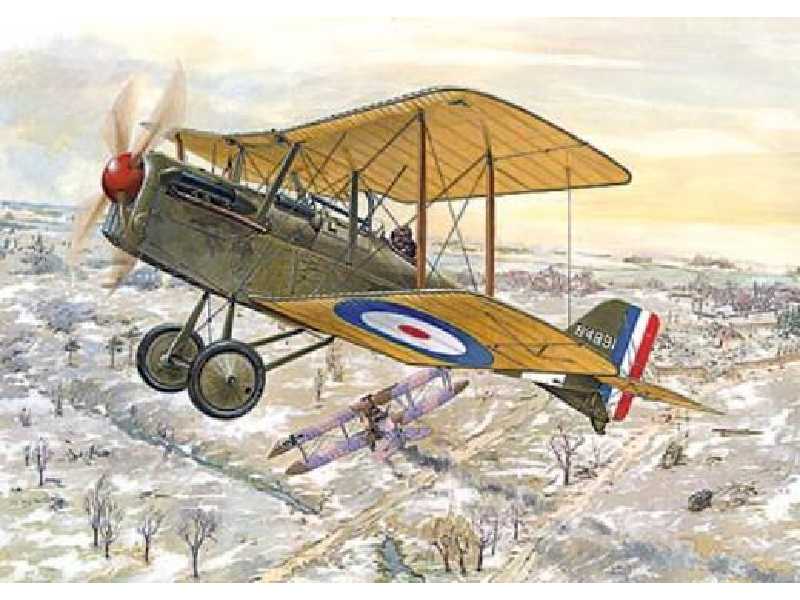- Reduced price




Paints and Glue are not included with any kit unless stated otherwise!
Versions:
| Performances | |
| Span | 8,11 m |
| Length | 6,37 m |
| Wing area, m | 22,83 m2 |
| Speed, max | 203 km/h |
| Take off weight | 895 kg |
| Climb 3000m | 112,20 min.sec |
| Time in fly | 2,5h |
| Powerplant | 1x200 h.p. Hispano Suiza V8 |
| Armament | 1x0,303 Vickers; 1x0,303 Lewis |
No carriers available for this product.
The above shipping costs are for 1 item only.
You will see the final shipping costs when you place your order.
Manufacturer RODEN Oleksy Tykhogo 93 03067 Kijów Ukraine roden@roden.eu
Responsible person International Business Group Spółka Jawna Piotr Andrzejewski, Lidia Andrzejewska, Adam Andrzejewski Benedykta Hertza 2 04-603 Warszawa Poland ibgsc@ibg.com.pl +48228159150
@COMMENT_COMMENT@
@COMMENT_COMMENT@

@COMMENT_TITLE@
@COMMENT_COMMENT@